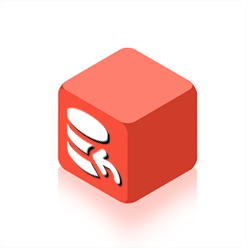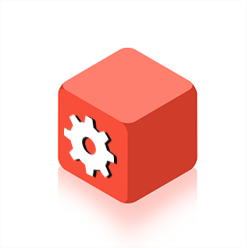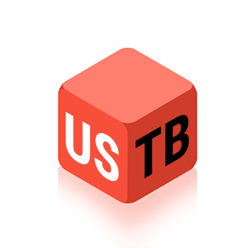USTB is made possible through the contribution of several labs around the world. It contains pieces of intellectual property from many authors, and because of that different references must be cited depending on your use of USTB. There are three kinds of intelectual property that must be acknowledged: datasets, processes, and the toolbox itself.
 |
DatasetsUSTB hosts several datasets that can be downloaded from this section. Datasets have associated a reference that must be cited if you want to use it in your article or thesis. The reference is displayed in the property reference of the corresponding UFF class (normally uff.channel_data or uff.beamformed_data) but also in the dataset download page. |
 |
ProcessesThe backbone of USTB are its processes. A process is an abstract class that implements some kind of processing or algorithm. For instance a process can be a delay-and-sum beamformer, a coherent factor computation, a clutter filter, an edge detector, etc. All these processes have associated a reference property that must be cited if you want to use that process in your work. Note that sometimes more than one process is used in the processing chain; every process process must be cited. |
 |
ToolboxThe USTB toolbox should be cited as well. Please use the reference from the proceedings of the IUS (IEEE International Ultrasonics Symposium) 2017:
|
Authors vs implementers
Processes also have a implemented_by property. In many cases algorithms are not implemented by their original authors. There is no mechanism yet to cite implementations, unless the implemention itself is a piece of intellectual property and has an associated reference. But implementers can be acknowledged in the acknowledgements section of your article or thesis.
Example
Let us illustrate the citation policy with an example. Let us assume I want to use this dataset from the PICMUS challenge Tours’16. Let us assume I want to compare the result of my algorithm with that of the Mallart-Fink Coherent Factor and the Camacho-Fritsh phase coherence factor, both processes included int the USTB’s process library.
Checking the reference property of the dataset and processes I find the following references:
- H. Liebgott, A. Rodriguez-Molares, F. Cervenansky, J. A. Jensen and O. Bernard, Plane-Wave Imaging Challenge in Medical Ultrasound, 2016 IEEE International Ultrasonics Symposium (IUS), Tours, 2016, pp. 1-4. doi: 10.1109/ULTSYM.2016.7728908.
- J. Camacho and C. Fritsch, Phase coherence imaging of grained materials, in IEEE Transactions on Ultrasonics, Ferroelectrics, and Frequency Control, vol. 58, no. 5, pp. 1006-1015, May 2011.
- R. Mallart and M. Fink, Adaptive focusing in scattering media through sound-speed inhomogeneities: The van Cittert Zernike approach and focusing criterion, J. Acoust. Soc. Am., vol. 96, no. 6, pp. 3721-3732, 1994.
And I should also add the reference of the UltraSound ToolBox:
- Rodriguez-Molares, A., Rindal, O. M. H., Bernard, O., Nair, A., Bell, M. A. L., Liebgott, H., Austeng, A., Løvstakken, L. (2017). The UltraSound ToolBox. IEEE International Ultrasonics Symposium, IUS, 1–4. https://doi.org/10.1109/ULTSYM.2017.8092389
These 4 references must be included in your article or thesis.
